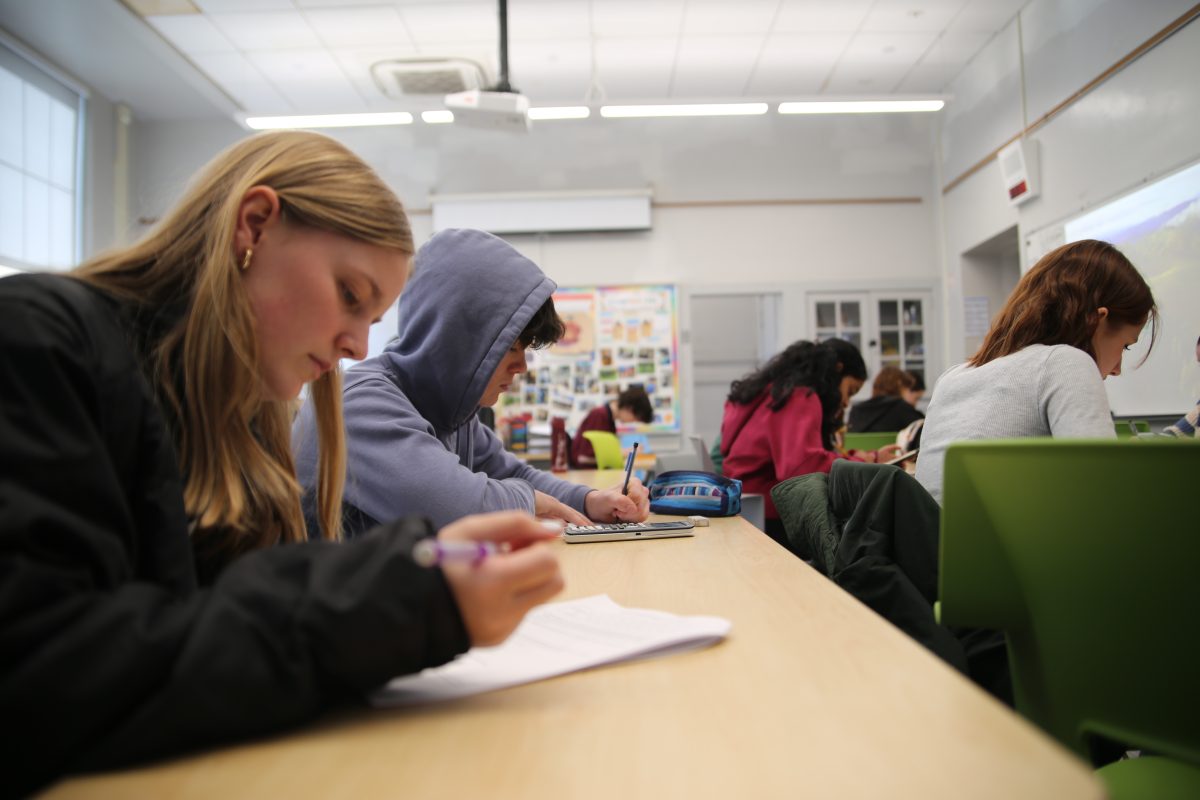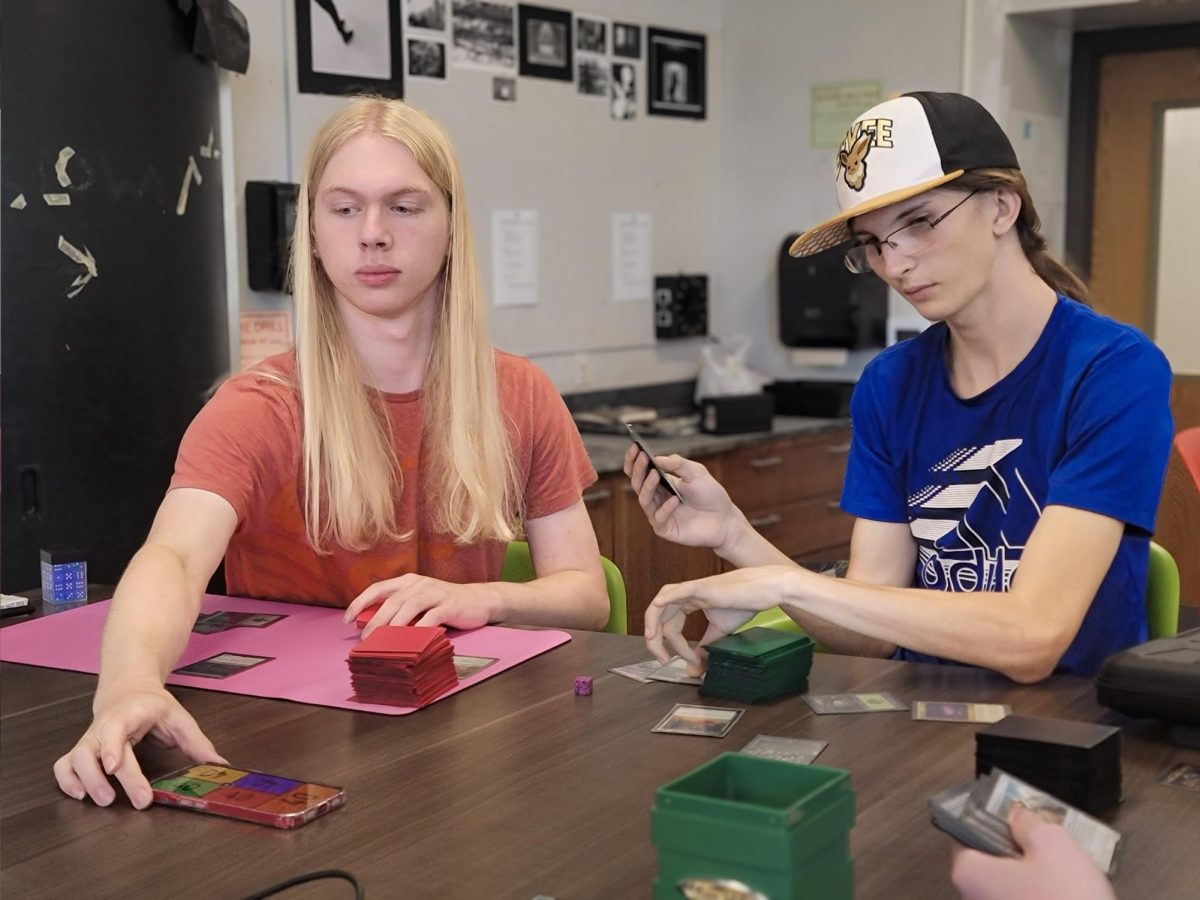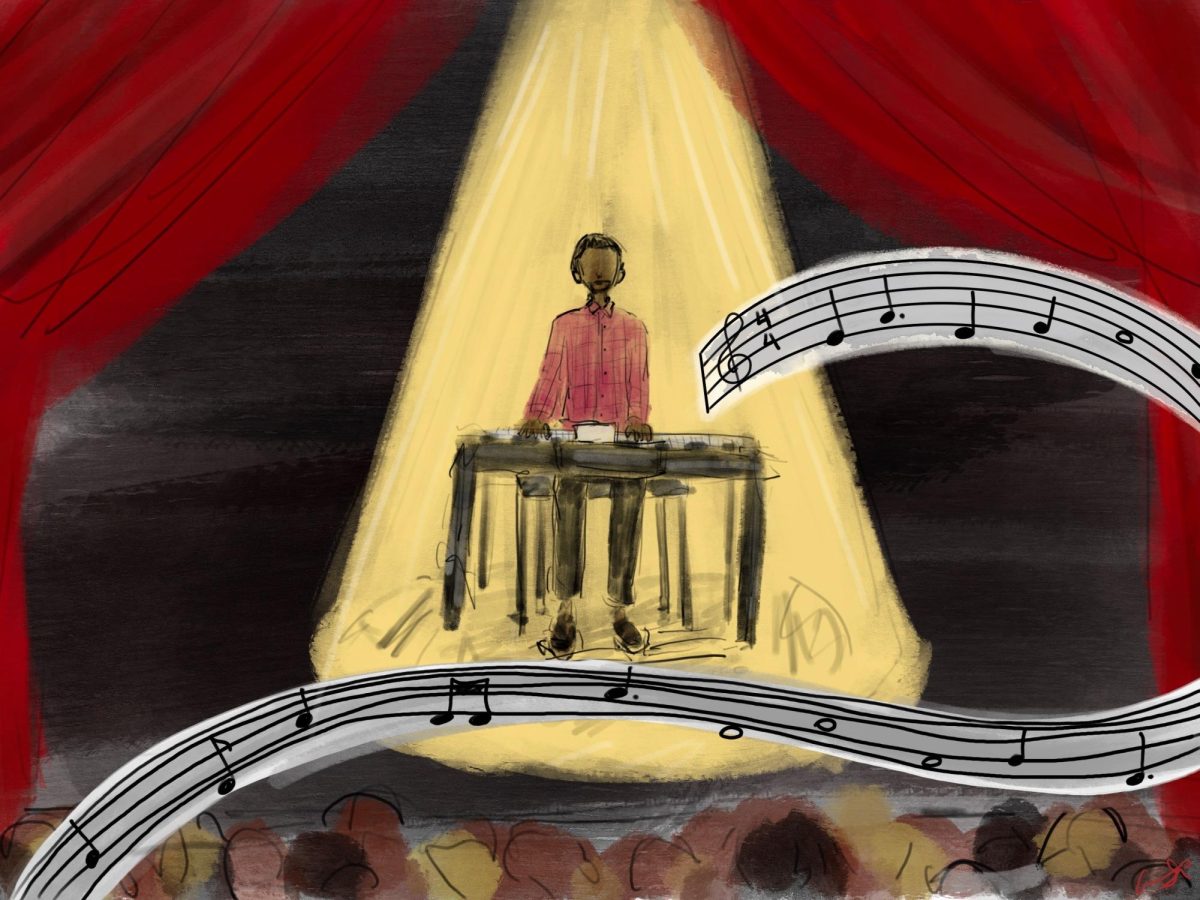Sitting down in a chair, opening the computer and navigating to the Common App portal is all a part of the undeniably stressful process of applying to college. GPA, standardized testing scores and extracurricular activities that reflect a student’s capabilities both inside and outside of the classroom are all considered throughout the selection process. With many colleges implementing test-optional policies, students can apply to their dream schools without worrying about their test scores.
Although test-optional policies seem appealing, statistics tell a different story. According to College Vine, a recruiting network for high school students, even students who submitted scores below the 25th percentile were accepted at a rate 1.25 times higher than students who did not submit test scores. This indicates that colleges might still consider test scores to be a relatively influential factor during the application process.
Recently, Dartmouth undergraduate admissions updated their preference for students submitting their test scores: Beginning with the Class of 2029, Dartmouth will once again require applicants from high schools within the United States to submit results of either the SAT or ACT. While Dartmouth certainly can’t represent all colleges across the U.S, it can still be a strong indicator of US colleges starting to reconsider the significance of test scores in students’ applications.
Many factors were considered when colleges started implementing test-optional policies in the first place, including the inherent bias of standardized tests, as students with more resources were able to boost their scores by hiring tutors, attending preparatory lessons or accessing test preparation materials to practice.
“SAT at that time was no longer a fair measure of student success,” said Kelly Maveal, a CHS counselor. “So they had no choice but to do away with it.”
However, as time has elapsed, the college admission process has become increasingly difficult with more students not submitting their test scores. In a standardized test like the SAT, students are compared with test-takers across the nation and even the entire world. Without test scores, GPA becomes the primary indicator of a student’s academic ability.
“Transcripts aren’t objective,” Maveal said. “It’s really hard to compare students. Many students get a 4.0 or 3.9, and it’s like, gosh, what is the school supposed to do compared to students who have near-perfect scores?”
Additionally, GPA varies from school to school, as courses are not standardized. It is even harder to compare students from different states.
“An A in Ann Arbor is not the same as an A in California or Florida,” Maveal said. “Even within cities with neighboring school districts, it doesn’t really mean anything. It was harder to choose to compare students and choose students. It was a shot in the dark, and they were making ill-informed decisions on their incoming class.”
Other than SAT and GPA, extracurricular activities that students participate in outside of school also have an impact throughout the application process. However, they can also be unfair, as students with abundant resources can participate in extracurricular activities supplied with better equipment, coaches, and training. Consequently, they can outshine students without access to the same level of resources. Overall, the college application process in the U.S is intrinsically biased and unfair for many students. On the other hand, standardized test scores seem to be a more equitable indicator of comparing students and demonstrating resilience.
“I acknowledge wholeheartedly that the SAT test is flawed,” Maveal said. “But I think that there is bias in every aspect of applications. Everything from legacy admissions to donor admissions, the subjective letters of recommendation to grade inflation, to the inequality in our schools. It spits out different types of students depending on where they live. That is so unfair.”
For students coming from disadvantaged backgrounds, a standardized testing score represents grit and resilience as shows colleges the challenges they have overcome and exhibits their academic potential. This makes them potentially eligible for scholarships and financial aid. But it is also important to consider other aspects of test-taking as it is biased to consider a student’s full academic potential based on one test.
“You could just be having one bad day,” Meagher said. “You just didn’t do well on the test, and then you don’t get into your dream college because of that.”
For students who are not naturally gifted test-takers, the test-optional policy provides an alternative way of demonstrating students’ academic ability, whether that is exhausting the curriculum at their schools, taking a variety of classes or showing passion. Investing time and energy into what they are truly passionate about is a reflection of academic interests, persistence and the ability to execute tasks. The test-optional policy puts more weight on other aspects of each student’s experience and provides hope for students who may not be confident test-takers.
“Colleges are looking into holistic measures of students’ merit,” Maveal said. “If a student is winning awards, a leader in clubs and activities, taking college classes, doing well in them, and having that strong letter of recommendation, it’s to their benefit to apply test-optional.”
In the future, most colleges’ preferences for test-optional policies are still unpredictable. It is suggested that students and advisors research the mentality and culture of the school. Essentially, students are trying to find the college that suits them for the next four years of their academic career. It is important to consider the impacts that colleges’ preference for SATs might have on the students’ applications.
“A system without standardized tests runs the risk of reducing excellence in higher education,” Maveal said. “A system with standardized test scores runs the risk of reducing diversity. Both of them are risks, and they’re not necessarily going to happen. But that just kind of paints the picture of the hard question that’s hitting colleges right now.”
















